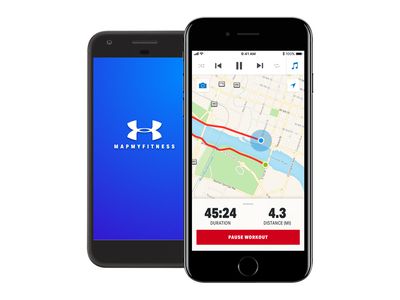
Understanding Canonical URLs: Definitions and Essential SEO Strategies

Understanding Canonical URLs: Definitions and Essential SEO Strategies
Disclaimer: This post includes affiliate links
If you click on a link and make a purchase, I may receive a commission at no extra cost to you.
Canonical URL
Contents
- Canonical URL definition
- Setting up canonical URLs
- Checking canonical URLs
- Canonical URLs best SEO practices
- Canonical URLs and CMSs
- Related links
- References
Canonical URL definition
A canonical URL (also called a canonical link) is a page that is most representative of a set of duplicate or near-duplicate pages on your site. It is the URL that Google indexes and displays in search results.
Setting up canonical URLs
A canonical URL is defined with the help of the canonical tag (rel=”canonical”) in the HTML code of the set of duplicate pages.
For example, your site has the following pages:
www.site.com/shoes\_print.html (the print version)
These pages may have slightly different designs but identical content. So, in order not to get a duplicate content penalty from Google, you should indicate which page is the iconic version and should be indexed.
To do this, you need to add the rel=”canonical” tag in the HTML of the duplicate page, like this:
If you need to specify canonical for non-HTML files such as PDFs, you can add a rel=”canonical” HTTP header response.
Checking canonical URLs
There are various free and paid tools to check if a page is canonical. If you need to check a specific URL, you can use canonical tag checkers such as SEO Site Checkup or SEOptimer . If you need to bulk check what pages on your website have canonical tags, then use WebSite Auditor (Site Structure > Site Audit > Redirects > Pages with rel=”canonical”):

Canonical URLs best SEO practices
Top Google guidelines for canonical URLs[1] include:
- Do not include duplicate URLs in the sitemap
- Do not use canonicals in case of pagination
- Do not use the robots.txt file for canonicalization purposes
- Do not use the noindex tag on duplicate pages
- Do not specify different URLs as canonical for the same page using the same or different canonicalization techniques
- Do not use the URL removal tool, as it removes all the versions of the page
- Only use 301 redirects when you want to replace a page with more relevant content
- Link to canonical URLs only
Canonical URLs and CMSs
Many content management systems (CMS) such as Shopify, Wix, WordPress, etc. do not let you edit HTML source code. Still, most of them let users set up canonicals via settings or various plugins. As for Shopify, this CMS sets up canonicals by default because most of Shopify URLs are dynamic[2] .
Related links
Pagination & SEO: 9 Must-Learn Tips
What’s the Best CMS for SEO? Top 10 Platforms Compared
References
1. https://developers.google.com/search/docs/crawling-indexing/consolidate-duplicate-urls#best-practices 2. https://developers.google.com/search/blog/2008/09/dynamic-urls-vs-static-urls#what-is-a-dynamic-url
Also read:
- [New] Fresh Filmmaker's Footnotes Unveiling Video Quality Terms
- [New] In 2024, A Guide to Pinpointing A-List Video Creators
- [New] Pinnacle Studios Evaluation An In-Depth Study
- [New] The Complete Guide to Proficient Use of ScreenRec Software
- [Updated] EditCanvas Solutions
- 雲端存儲OneDrive消去了我的桌面文件:如何重建和復原?
- Exploring the Toughest and Most Resilient Laptops - Insights From ZDNet
- From Farm to Flight: Connecting Pets & Owners Worldwide
- Gestion De Sauvegardes Optimale Pour Serveurs Windows en Cloud: Solution Rapide, Fiable Et Économique
- Seagate Barracuda-Datensicherung Wiederherstellungsprozess Verständlich Erklärt | MeinWiederherstellen
- Simple Steps: Securing Your Microsoft Outlook 365 Emails with a Comprehensive Backup Plan
- The Ultimate List of Cost-Free Digital Sound Balancing Apps
- The Young Pioneers of Prosperity: Top Marketing Millionaires Under 30 | MassMail Tech
- Timelessly Taken Selfies From the Bygone Era
- Troubleshooting Errors in Windows 10: Resolving Issues with Your Hard Drive
- What Is a Google Penalty? Explaining the Concept + Top SEO Strategies to Avoid Them
- Избранные Компании SEO-Консалтинга Хьюстонского Региона С Сервисом SEO PowerSuite | Лучшие Варианты Для TX
- Title: Understanding Canonical URLs: Definitions and Essential SEO Strategies
- Author: Scott
- Created at : 2025-03-02 17:08:43
- Updated at : 2025-03-07 17:22:18
- Link: https://win-top.techidaily.com/understanding-canonical-urls-definitions-and-essential-seo-strategies/
- License: This work is licensed under CC BY-NC-SA 4.0.